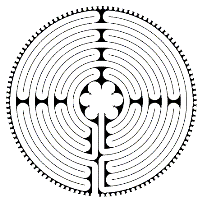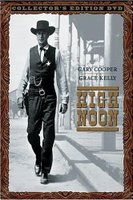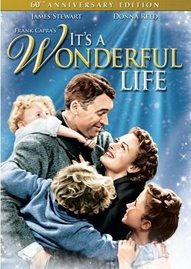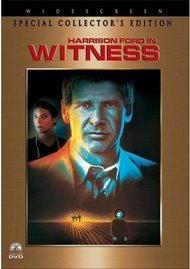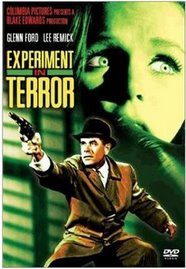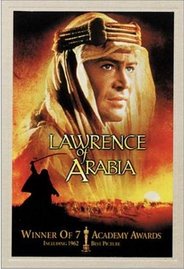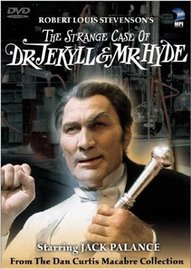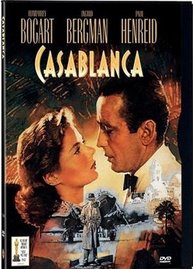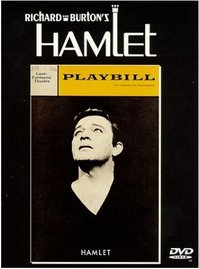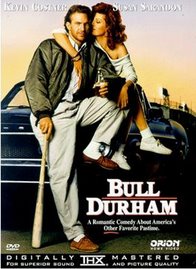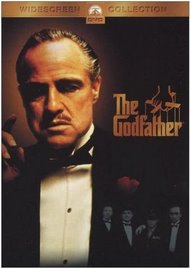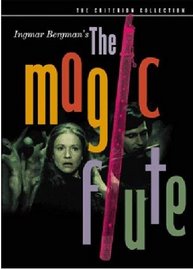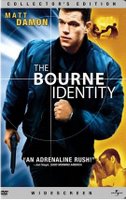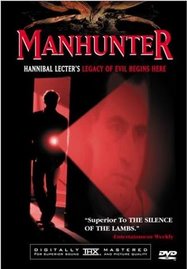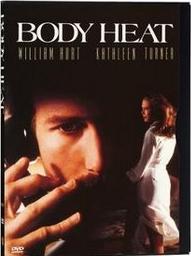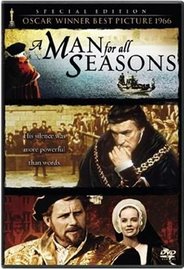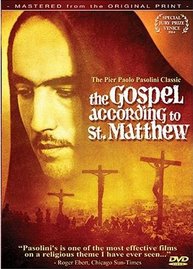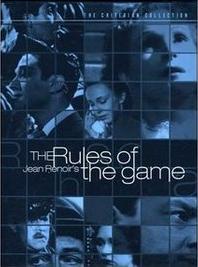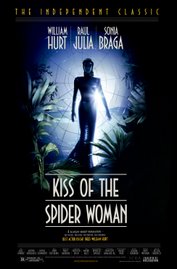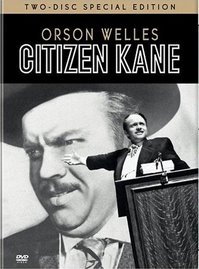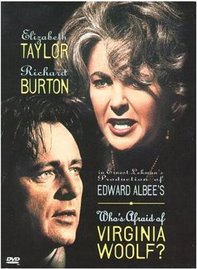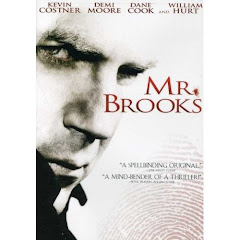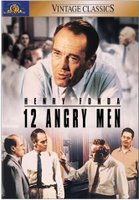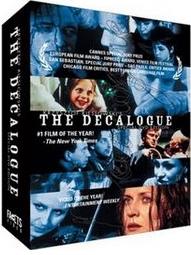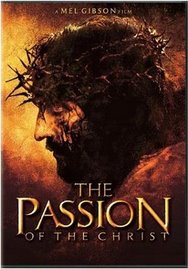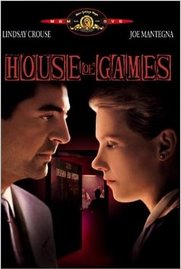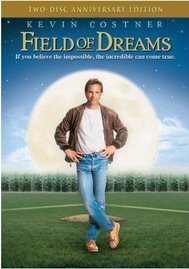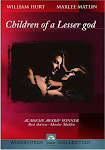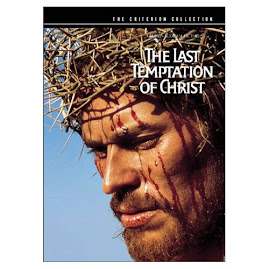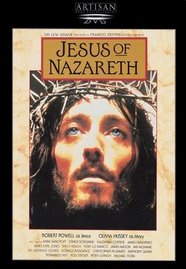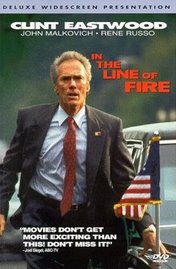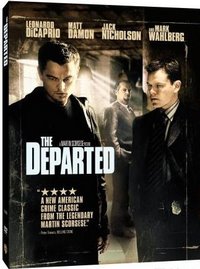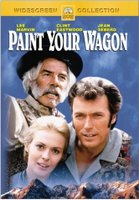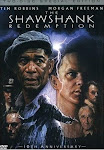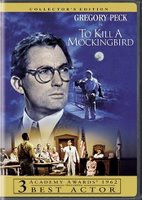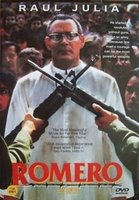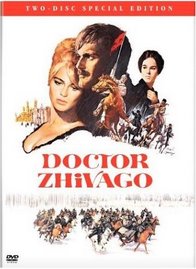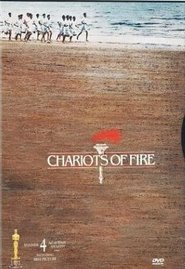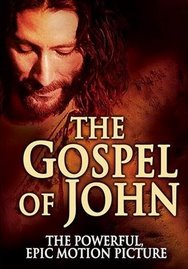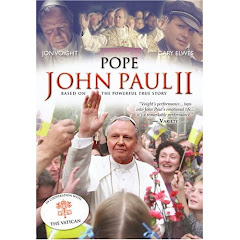
Monday, October 29, 2007
What insight about change and decision-making do you see portrayed in the movie "Experiment in Terror"?

"Experiment in Terror"

1. Where are you coming from? [The hero is seen in his or her ordinary world.]
Kelly Sherwood (Lee Remick), a bank teller lives in the Twin Peaks area of San Francisco with her sister Toby (Stephanie Powers). Arriving home one night, she parks her car in the garage. When the garage door goes down mysteriously, she realizes someone is there with her. Though she looks around she does not see a man come upon her from behind. Grabbing her, the shadowy figure quickly threatens her, in an asthmatic voice, with death, tells her he knows about her sister, and personal details of their lives.
2. Where are you wanting to go? [The hero is called to adventure.]
The man tells he wants $100,000 from her. When she complains to him that she doesn’t have that kind of money, he tells her she’s going to rob her bank. He’ll even give her 20% of the take. He warns her not to provoke him.
3. What are you waiting for? [The hero is reluctant.]
Once she thinks he is gone, she goes into her home and calls the FBI and begins to talk with John Ripley (Glenn Ford), telling him that someone wants her to rob a bank and that he has threatened to kill her and her sister. But Kelly’s call is interrupted by the man who knocks her out and to the floor. When she comes to, the man tells her this was the “one mistake” he was going to allow her. Meanwhile Ripley and his partners are calling all of the phone numbers for Sherwood. When the FBI men do call her number, Kelly is reluctant to answer, but finally does.
4. What are your wise ones generally advising? [The hero encounters a wise one.]
Ripley advises Kelly about his plan to protect her and that her phone will be monitored. Ripley and his men drive out to Kelly’s house and begin surveillance.
5. What are the pros and cons of the issue being decided? [The hero passes through the first threshold.]
The next morning Kelly drives Toby to school and instructs her to stay with her friend Dave instead of going into home alone. Toby agrees but reminds Kelly that they have been operating on the basis of no secrets between them. Kelly then leaves for the bank.
6. What are “The Powers That Be” saying? [The hero encounters tests and helpers.]
Ripley’s work on Kelly’s case is interrupted by the appearance of Nancy Ashton at his office. She tells him that her “friend” is in trouble with a terrible man and the friend fears being prosecuted for some serious crimes he is committing. Ripley handles her request professionally, but when she leaves she asks him out for a drink.
When Kelly arrives at the bank, her boss calls her into the conference room where Ripley is waiting. Kelly tells them it has been hard to adjust to the new circumstances and that she’s having trouble thinking. Except for the man’s voice, she cannot give Ripley a description of the man. Ripley gives instructions for her and Toby to follow, but warns her that this man will use a “reign of terror” to get what he wants. Kelly goes back to her teller’s position, starts up her regular work, but now is suspicious of customers as she listens to their voices more carefully.
Then a call comes in. It’s the man. He tells Kelly she has made a serious mistake and he will teach her a lesson. He knows that Kelly is swimming with the friend.
At the pool, Toby finds a note in her bathrobe. It’s for Kelly from the man telling her to meet him at the Roaring 20’s club.
7. What is your real agenda? [The hero reaches the inner sanctum.]
Nancy Ashton calls Ripley from her apartment and tells him that she has to see him, that her friend’s life is at stake, but when he comes he should not be shocked by her occupation (she works with naked manikins that hang throughout her apartment). Ashton then responds to a noise she thinks she hears by locking her door. She does not see among her manikins, the man (Ross Martin) standing motionless.
Meanwhile, Kelly speaks with Ripley again on the phone and then speaks with Toby about what’s really going on. Toby wants to know if Kelly thinks the man will really “do something.” Just then, the man calls Kelly, from Ashton’s apartment. All that is heard is the man’s asthmatic breathing.8. What facts and reasons are you contending with? [The hero endures the supreme ordeal.]When Ripley and his partner go to Ashton’s apartment, his partner finds her dead, hanging upside down. When a note in Ashton’s purse lists Kelly’s address on it, Ripley realizes the implications of the connection. He follows up a lead to a paid police informant by speaking to him at a movie theater. The informant, “Popcorn,” tells Ripley that Kelly will be used then killed.
After taking the man’s confirming call, Kelly goes to the Roaring 20’s Club. There she is picked up by a man she thinks is connected to the man, but it is a mistake. When she gets back home, the man calls her and they fight about what took place at the club.
Meanwhile, the FBI has run the asthmatic condition attribute against its criminal database and discovered Garland “Red” Lynch. FBI teams investigate, showing Red’s picture around the city. When they talk with a priest, he tells them that he saw the man with an oriental woman named Linda Soong. When they find Soong, she does not initially cooperate, but later does a bit on the advice of her lawyer. The FBI men follow Soong to a hospital where her son, Joey, recovers from a hip socket replacement. Ripley questions Joey and discovers that the man is known as Uncle Red. When Ripley and Soong confront each other about his talking with Joey, Soong wants Ripley never to interfere with her family again, saying Red has helped pay Joey’s hospital bills and Ripley “can go straight to hell” if he tries anymore.
9. What insights and oversights are emerging? [The hero seizes the sword.]
Kelley goes out to lunch with a friend. In disguise as a woman, Red confronts Kelly in the ladies’ room. Tells her the robbery will go down on Friday. Shows Kelly his gun. This meeting freaks her out.
Red calls Ripley’s office to try to find out whether the FBI knows about anything about Kelly. Ripley denies knowing, but is unable to trace the call.
Ripley and Kelly’s boss talk over the particulars of the “robbery” plan, but don’t tell Kelly the FBI knows about Red. Ripley meets Popcorn at the swimming pool so Popcorn will realize that there’s more involved in this than a great news story. Peoples’ lives are at stake: Kelly’s and Toby’s.
Popcorn finally agrees to give Ripley the information he needs, saying “this one’s on the house.” When Ripley and his partner go with Popcorn to stake out Red’s getaway accomplice, they get into a gunfight. The accomplice and Popcorn are both shot dead.
10. How are you going to tell your decision? [The hero takes the road back.]
Friday morning, the day of the bank robbery, Kelly and Toby drive off from their home.
Ripley visits Joey and his mother at the hospital where he’s undergoing swimming pool therapy. Joey tells Ripley about the stuffed tiger Red had given him. He finds it in Joey’s room.
Toby gets a call at her the “Hang Out” where she is waiting with her friends. It’s Red telling her that Kelly is hurt and that Kelly must go out the back exit and meet him on another street where he will pick her up. Toby believes Red’s story and leaves, with her friend and the FBI men unable to follow her.
11. What are you willing to risk in order to gain what you can only hope for? [The hero experiences a death and a resurrection.]
Red takes Toby to a decaying old room. When she complains that he told her Kelly was dying, Red tells her to “take your clothes off” and watches as she does. Red then calls Kelly at the bank and gives her more instructions, ending with “I’ve got Toby.” He touches Toby, but does not hurt her. Then he locks her in a spider-webbed closet.
At the bank, Kelly begins to load her purse with money. Kelly drives to Fishermen’s Wharf. Takes a phone call in a phone booth and gets instructions to take a taxi. In the taxi, the driver gives her a package that contains Toby’s clothes. With a helicopter overhead, the taxi makes its way to Candlestick Park where the Giants are playing the Angels.
Meanwhile some of the FBI agents have traced the stuffed tiger to a budget fur shop where the owner tells them where the tiger was delivered.
12. How do you determining that the decision you are discerning is the right one? [The hero returns with the elixir.]
When Ripley hears that Toby has been rescued by the FBI agents who went to the place where the tiger was delivered, he knows Red is acting alone. Plan B is put into effect. Kelly sees Ripley through some binoculars, but Red does not reveal himself until the game is over, the crowds are walking out, and he grabs Kelly in the middle of it all.
The chase is on at this point. The FBI men jump Red in the crowd and Kelly escapes his grasp. As Red runs off, Kelly is reunited with the rescued Toby.
Red finally goes onto the baseball field and runs to the mound where Don Larsen, the famed pitcher, had been throwing moments before. Beneath the lights of the helicopter, Red and Ripley exchange gunfire. Ripley kills Red.
© 2007 John Darrouzet
"Witness": Out of the Ordinary

First a death and then a murder set up the encounter and take both Rachel and John out of their ordinary worlds. While the first death, of Rachel’s husband Jacob, seems of natural causes, the murder in the train station bathroom clearly wasn’t. Samuel’s witnessing it opens up the story to the adventure the story goes on to tell.
“Witness” seems to be a movie about having to make choices, rather than make judgments, or make decisions. For example, either life in the city or life on the farm. The culture of life versus the culture of death.
However, upon further exploration of the meaning of the story, at least four perspectives on life and the beginning bases for decisions we make in it are noteworthy.
The first perspective I notice I will call “value.” The Amish community and the City of Brotherly Love certainly present a contrast in what and who is valued. One prominent contrast is bartering, for lack of another word, in the Amish community as depicted in the barn raising versus pursuit of money whatever the costs as represented by the cops who have lost their meaning stealing drug chemicals worth $22 million. Eli’s character represents the Amish values and he is intent on teaching them to Samuel.
The second perspective I will call “mission.” The Amish community’s mission is to save John from dying and bring him back to life. John’s is to seek justice, i.e., protect Rachel and Samuel from the bad cops and expose the killers of his partner. The mission of the bad cops is to avoid the exposure.
The third perspective I will call “purpose.” In the City of Brotherly Love, Rachel and Samuel experience lives with very different purposes than theirs. For example, compare their happy valley with the “Happy Valley” bar. Once in the Amish community, John experiences a community life with a clearly different purpose. For example, “whacking” is not a normally useful skill on a farm.
The fourth perspective I will call “vision.” Samuel personifies vision. He sees the statue of the archangel Michael bearing the soul of a fallen soldier (Angel of Resurrection) in the train station before he sees the murder in the bathroom. When John is pulled out of Elaine’s car by Eli, the image of the fallen warrior is repeated. Though John tells Samuel to run to Daniel’s farm for help, when shots are fired Samuel knows to come back. Eli does not tell him to pull the bell, he shows him with a hand signal. And, finally, John shows Samuel to Schaeffer in the end, asking him if he’s going to kill the boy too.
Viewing “Witness” from these four perspectives, “value,” “mission,” “purpose,” and “vision,” I see this story as a beginning point to decision-making because it helps us become conscious of our own ordinary worlds and some of the matters we must all face when we are called out of them.
When we do become aware of the differences, it seems that if we approach issues as a matter of choice, we are talking “either/or.” For example, John Book tells Rachel that if they had made love the night before, either he would have to stay or she would have to leave.
For sure in our blogs or comments, we will discuss the “either/or” approach, especially in contrast to the approach of “both/and.” “High Noon” seems to take the former approach. “It’s A Wonderful Life” seems to take the latter one.
What I like about “Witness” is that it well depicts and personifies the first stage of discovering a key feature of the Decision-Maker’s Path. For me that feature is that “where we are coming from” is a realization that our ordinary world is somehow dis-integrating.
Once we see ourselves in that position, we know we are at the beginning of a process that will call on us to make a decision. I don't see John or Rachel ready to make a decision to integrate their lives. Though they tasted it, within the terms of the story, they chose not to go beyond that and slipped back into their separate, ordinary worlds. No doubt Eli was happy with this, as was Daniel. But what about Samuel?
Is Samuel's vision of the world changed forever? Does he not have new insights into what is valuable, what mission he may be called on to undertake in life, what his purpose is as he relates to others, and what his future is going to be like?
When we identify with him, we face the dis-integration he has witnessed and the task of integrating all of what he has learned that I believe only making decisions will achieve.
Perhaps like Samuel, at the beginning of the path to a decision, we may want to take on the role of the fool, not like Uncle Billy's "silly, stupid, old fool" but rather like George Bailey when he is reborn in "It's A Wonderful Life": fun, insightful, and young at heart.
What do you think?
© 2007 John Darrouzet
